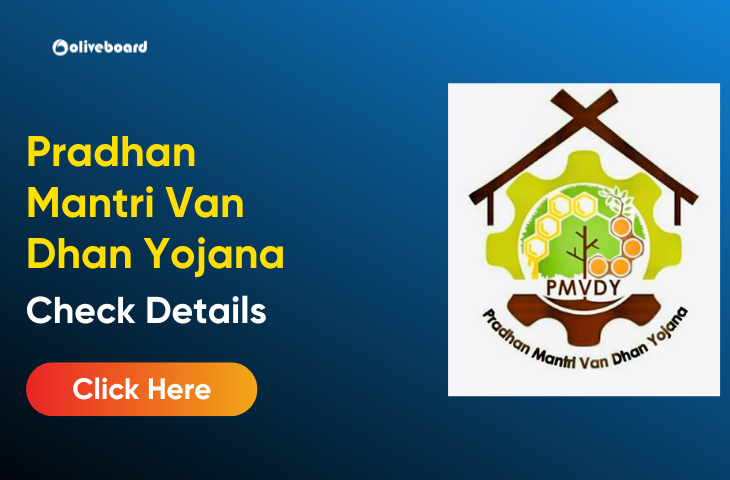Pradhan Mantri Van Dhan Yojana 2024
The Pradhan Mantri Van Dhan Yojana (PMVDY) was launched in 2018 by the Ministry of Tribal Affairs and the Tribal Cooperative Marketing Development Federation of India (TRIFED) to enhance tribal income by improving the productivity of tribal commodities. Let’s check the details of Pradhan Mantri Van Dhan Yojana.
Overview Table Of Pradhan Mantri Van Dhan Yojana
| Aspects | Details |
| Scheme Name | Pradhan Mantri Van Dhan Yojana (PMVDY) |
| Launch Year | 2018 |
| Implementing Authority | Ministry of Tribal Affairs and TRIFED |
| Objective | Enhance tribal income by improving productivity of forest products |
| Target Beneficiaries | Tribal gatherers and artisans |
| Funding | Fully funded by Central Government; Rs. 15 lakhs per VDVKC |
| Key Components | – Van Dhan Clusters – Van Dhan Kendras – Van Dhan Vikas Kendras – Van Dhan Mission Directorate |
| Implementation Process | – Stage I: Establishment of 6000 Kendras <br> – Stage II: Scaling up with improved facilities |
| Collaboration | Coordination with government agencies, tribal organizations, and NGOs |
| Scope | Not limited to non-timber forest products; includes farming, agriculture, and post-harvest processing |
What Is Pradhan Mantri Van Dhan Scheme?
The Pradhan Mantri Van Dhan Yojana (PMVDY) was launched in 2018 by the Ministry of Tribal Affairs and the Tribal Cooperative Marketing Development Federation of India (TRIFED) to boost tribal income by improving the productivity of their forest products. This scheme aims to create sustainable livelihoods for tribal communities through financial support, training, and marketing assistance.
Key points of the scheme include:
- Helping tribal gatherers become entrepreneurs.
- Setting up community-owned Van Dhan Vikas Kendra Clusters (VDVKCs) in forested tribal areas.
- Each cluster consists of 15 tribal Self-Help Groups (SHGs), with up to 20 members each, totaling about 300 beneficiaries per cluster.
- Fully funded by the Central Government, with TRIFED providing Rs. 15 lakhs for each cluster.
प्रधानमंत्री वन धन योजना (PMVDY)
प्रधानमंत्री वन धन योजना (PMVDY) 2018 में जनजातीय मामलों के मंत्रालय और TRIFED द्वारा शुरू की गई थी ताकि जनजातीय उत्पादों की उत्पादकता को बढ़ाकर जनजातीय आय को बढ़ाया जा सके। इस योजना का उद्देश्य वित्तीय सहायता, प्रशिक्षण और विपणन सहायता के माध्यम से जनजातीय समुदायों के लिए सतत आजीविका का निर्माण करना है।
योजना के मुख्य बिंदु निम्नलिखित हैं:
- जनजातीय संग्रहकर्ताओं को उद्यमी बनने में मदद करना।
- वन क्षेत्रों में जनजातीय क्षेत्रों में सामुदायिक स्वामित्व वाले वन धन विकास केंद्र क्लस्टरों (VDVKCs) की स्थापना।
- प्रत्येक क्लस्टर में 15 जनजातीय स्वयं सहायता समूह (SHGs) होते हैं, जिनमें प्रत्येक में 20 सदस्य होते हैं, कुल मिलाकर लगभग 300 लाभार्थी प्रति क्लस्टर।
- यह योजना पूरी तरह से केंद्रीय सरकार द्वारा वित्त पोषित है, जिसमें TRIFED प्रत्येक क्लस्टर के लिए 15 लाख रुपये प्रदान करता है।
Pradhan Mantri Van Dhan Yojana Features
- PMVDY uses a cluster approach where 10-15 Self Help Groups (SHGs) form a Van Dhan Vikas Samuh (VDVS).
- The VDVS works together to improve and sell non-timber forest products (NTFPs).
- The scheme focuses on training tribal gatherers to improve their skills in collecting, processing, and selling NTFPs.
- It supports the development of infrastructure and provides necessary equipment.
- PMVDY gives financial help to Van Dhan Vikas Kendras (VDVKs) for setting up infrastructure, buying equipment, and meeting working capital needs.
- The scheme encourages working with other government programs to use resources and expertise for the overall development of tribal communities.
Pradhan Mantri Van Dhan Yojana Components
Van Dhan Clusters
- Groups of tribal gatherers and artisans in specific areas.
- Provide skill training and infrastructure to tribal communities.
- Focus on improving and marketing forest products.
- Help tribal entrepreneurs improve their livelihoods sustainably.
Van Dhan Kendras
- Centers for processing and adding value to forest produce in tribal areas.
- Act as collection points for forest produce gathered by tribes.
- Offer facilities for grading, packaging, and processing to increase market value.
Van Dhan Vikas Kendras
- Larger centers supporting several Van Dhan Kendras in a region.
- Help expand value addition activities and market connections for tribal products.
- Serve as hubs for processing, branding, and marketing on a larger scale.
- Aim to create sustainable entrepreneurship and economic development in forest areas.
Van Dhan Mission Directorate
- Oversees the Van Dhan Yojana.
- Provides strategic direction, policy guidance, and monitoring.
- Coordinates with government agencies, tribal organizations, and NGOs.
Pradhan Mantri Van Dhan Yojana Category
Hydrogen Categories
- Hydrogen is classified into three types based on its extraction method: Grey, Blue, and Green.
Tribal Gatherer Contribution
- Each member contributes Rs.1000 to foster a sense of ownership.
Support from Panchayats/District Administration
- Provide operational premises to Self Help Groups (SHGs).
Comprehensive Bankable Project Report
- Includes an annual MFP (Minor Forest Produce) gathering plan.
- Details types of value addition: sorting, grading, and processing.
- Outlines a business plan.
- Covers procurement of equipment through GeM or tendering by SIA/DIU.
- Identifies master trainers.
- Provides training in value addition, equipment use, and enterprise management.
- Identifies buyers at local, district, state, national, and global levels for value-added MFP products.
- Arranges logistics and transportation.
- Focuses on branding and marketing.
Van Dhan Yojana Scope
- The scheme is not limited to gathering and adding value to non-timber forest products (NTFPs).
- It also allows SHGs to engage in farming, agricultural production, and post-harvest processing and value addition of these items.
Pradhan Mantri Van Dhan Yojana Key Highlights
- Aimed at generating livelihoods for tribal gatherers and nurturing them into entrepreneurs.
- Establishing Van Dhan Vikas Kendras (VDVKs) owned by tribal communities in mainly forested tribal districts.
- Each Kendra will consist of 15 tribal Self-Help Groups (SHGs), with up to 20 tribal members per group, including NTFP gatherers or artisans, totaling around 300 beneficiaries per Kendra.
- Fully funded by the Central Government, with TRIFED allocating Rs. 15 lakhs for each Kendra catering to 300 members.
Pradhan Mantri Van Dhan Yojana 2-Stage Set Up Process
Stage I – Implementation
- Initially, 6000 Van Dhan Kendras will be set up within two years across tribal districts in all states except Haryana, Punjab, and Delhi.
- During this phase, necessary building facilities will be arranged, either within a beneficiary’s household, part of a house, or a government/gram panchayat building.
Implementation Framework:
- The Van Dhan Yojana will be carried out through a strong framework, with TRIFED leading at the central level, supported by State Nodal Departments and State Implementing Agencies, along with District Implementing Units at the state and district levels, respectively.
Equipment Supply and Training Commencement:
- District Implementing Units will provide basic equipment to each Van Dhan Vikas SHG for harvesting and value addition of Minor Forest Produce (MFPs).
- Training sessions, lasting up to 7 days, will be conducted under the Entrepreneurship and Skill Development Program (ESDP) to teach sustainable harvesting, value addition of MFPs, branding, and marketing.
Branding and Packaging:
- Members of the Van Dhan Vikas SHG will use the knowledge gained from training programs to engage in sustainable harvesting and value addition of MFPs.
- VDVKs will develop business plans to allocate funds for processing, value addition, branding, and packaging of products following global standards.
Marketing:
- Through collaborations with industry partners, each VDVK will receive marketing and promotional support to establish local value supply chains and promote tribal products globally.
Stage II of Van Dhan Yojana (Scaling Up)
- The focus of Stage II will be to improve well-performing Kendras with better facilities like storage, primary processing, and packaging.
- Assessment of Kendras will be done by District Level Coordination and Monitoring Committee (DLCMC), finalized by State Level Coordination and Monitoring Committee (SLCMC).
- Based on the assessment, the District Collector will propose permanent Kendras to TRIFED for approval.
Conclusion
The Pradhan Mantri Van Dhan Yojana (PMVDY) launched in 2018 aims to uplift tribal communities by boosting their income through better use of forest resources. By setting up Van Dhan Vikas Kendras (VDVKCs) and providing support like training and financial aid, the scheme helps tribal members become entrepreneurs. With government funding and collaboration, PMVDY promotes sustainable livelihoods and empowers tribal areas economically.
Frequently Asked Questions
Ans: Pradhan Mantri Van Dhan Yojana (PMVDY) is a scheme launched in 2018 by the Ministry of Tribal Affairs and TRIFED to boost tribal income by improving the productivity of forest products.
Ans: The key components of Pradhan Mantri Van Dhan Yojana include Van Dhan Clusters, Van Dhan Kendras, Van Dhan Vikas Kendras, and the Van Dhan Mission Directorate.
Ans: The scheme is fully funded by the Central Government, with each Van Dhan Vikas Kendra (VDVKC) receiving Rs. 15 lakhs.
Ans: The objective of PMVDY is to enhance tribal income by improving the productivity of forest products and creating sustainable livelihoods for tribal communities.
- GA Questions Asked In SBI PO Mains 2025, 5th May Analysis
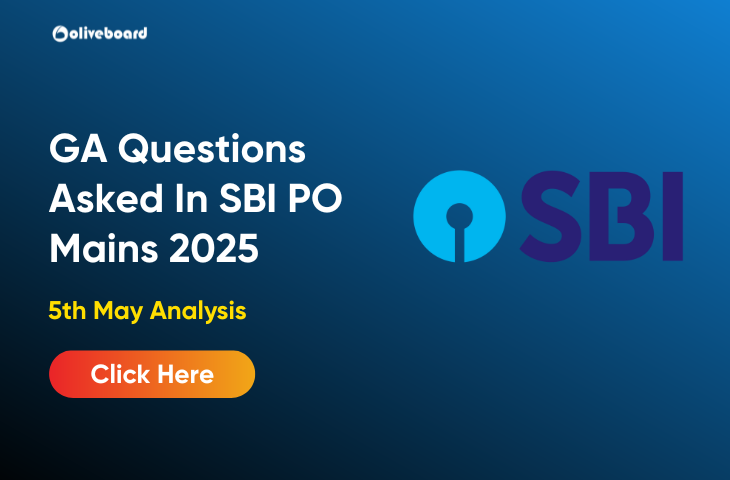
- Pradhan Mantri Suraksha Bima Yojana 2024 Overview & Benefits
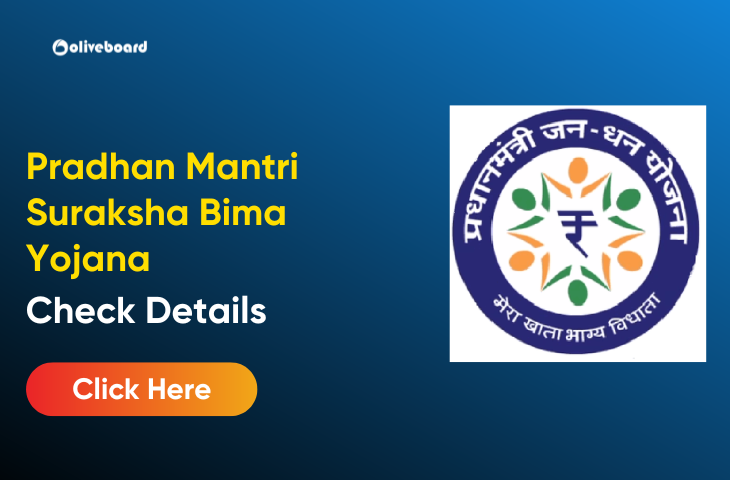
- Central Government Schemes 2024, List of Schemes under Every Ministries
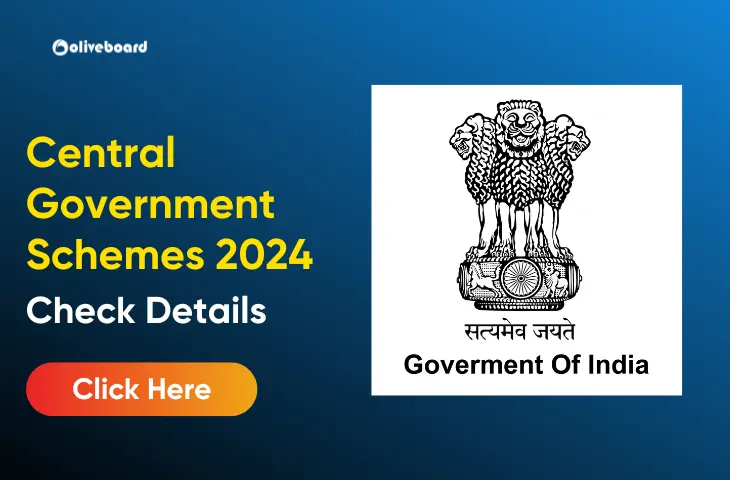
- Pradhan Mantri Swasthya Suraksha Yojana (PMSSY) 2024
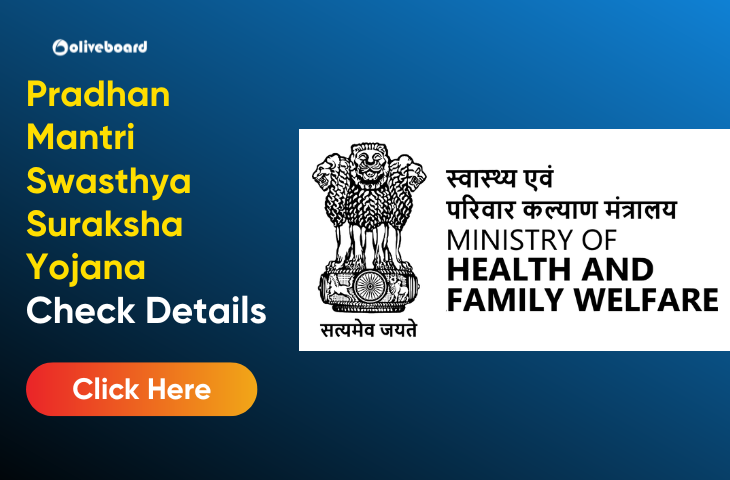
- Pradhan Mantri Gramodaya Yojana 2024 Features & Benefits
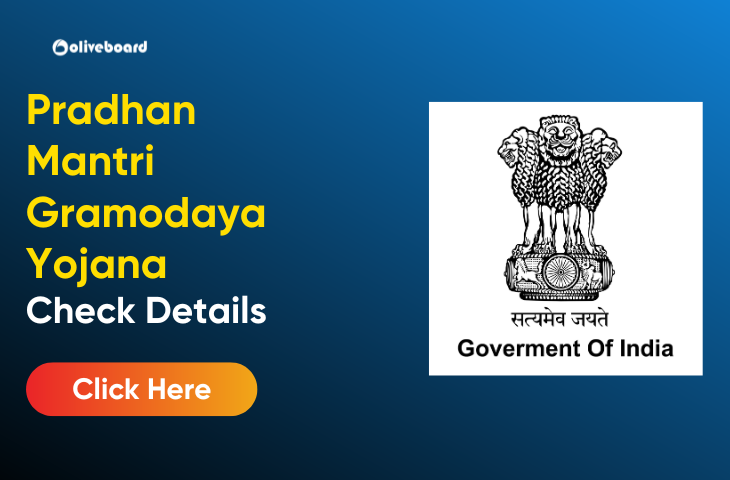
- Pradhan Mantri Van Dhan Yojana 2024, Features, Components & Stages
